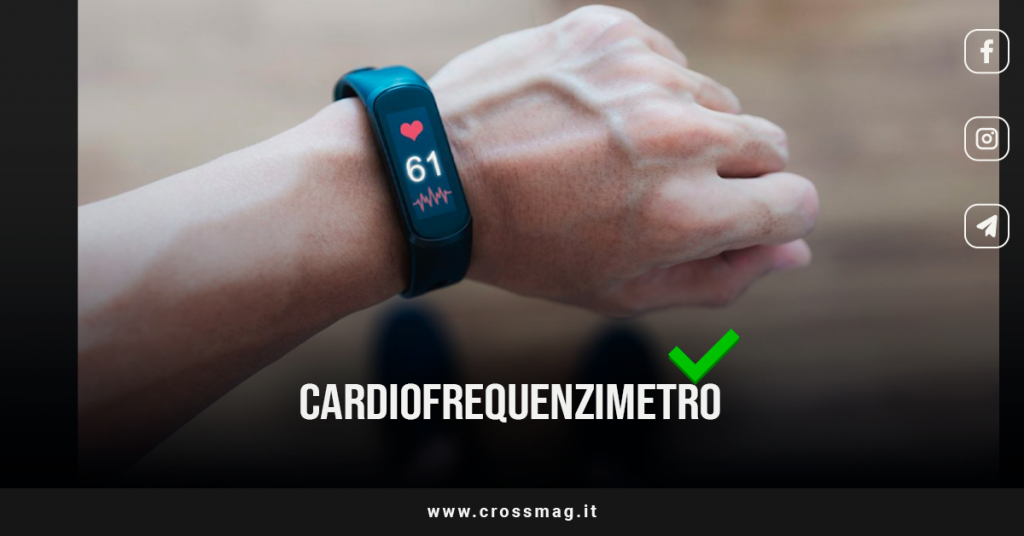Technology has made everyone data savvy, especially when it comes to exercise; just a few years ago no one had any idea how many steps he took each day, how much he was running or what his training or sleep rhythm was.
I Wearable heart rate monitors now allow us to have this information always available at all times.
The main information provided is the heart rate; this simple number can tell us a lot about training, about recovery and general health.
Let's discover all the secrets and benefits of heart rate monitors.
Index
How does a heart rate monitor work?
The heart rate monitor it works by measuring the electrical signals of the heart; they are transmitted to a wristwatch; many models allow you to analyze data using a computer, and having this data allows you to better interpret training and understand the benefits of exercise.
You can get a rough estimate by monitoring your heart rate the old-fashioned way, feeling it on your wrist or in your neck, but this can be misleading for training.
An electric heart rate monitor provides accurate and real-time data; it allows you to keep track of key information in addition to the speed of your heartbeat.
Developing a good cardiovascular exercise routine not only includes the amount of time you train, but also the intensity of the workout and a good heart rate monitor also serves this purpose.
Do you need a heart rate monitor during training?
It is not essential to wear a heart rate monitor during training; you can still maintain a healthy and active lifestyle, obtaining excellent results, without wearing one.
During exercise, heart rate is a key indicator of training intensity; maintaining a certain heart rate for an extended period of time can help burn more calories and fat, while also improving cardiovascular health.
The heart rate monitor it can be useful to evaluate heart rate and understand if we are training correctly, but it is not essential and you can do an effective workout even without it.
Heart rate zones
Using a heart rate monitor you can calculate your heart rate zone during a workout; first, you need the maximum heart rate that can be achieved subtracting one's age from 220.
For example, a 35 year old will have a maximum heart rate of 185; at this point you can figure out which heart rate zone is best for burning fat.
At 50/60% of maximum heart rate, 85% of fat is used to burn calories; at 60/70% of the maximum heart rate, it drops to 65% of fat used; instead at 70/80% of the maximum heart rate, only 45% of fat is used to burn calories.
Fitness tracker
The heart rate monitor is a more scientific way to track your progress; There are tons of devices on the market, including rings, watches, and bicep straps, but the main device used is:
- Fitness Trackers: these devices replaced heart rate monitors without a wrist strap; they are an easy way to keep track of certain fitness goals such as steps taken, miles traveled, calories burned, and heart rate at rest and during training.
Previous chest strap models used electrodes in the pad that came into contact with the skin to measure the electrical activity of the heart, while fitness trackers use optical sensors that measure blood flow in the veins located under the sensor.
And you, do you use the heart rate monitor for your training? Let us know in the comments!
We have activated a lot of discounts on our Telegram Fitness & Sport channel: from 30 to 70% on all sports categories! Find it all here ????
SUBSCRIBE TO THE FITNESS & SPORT CHANNEL

